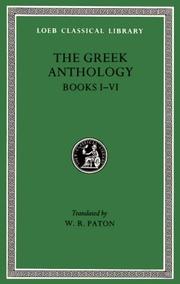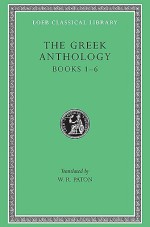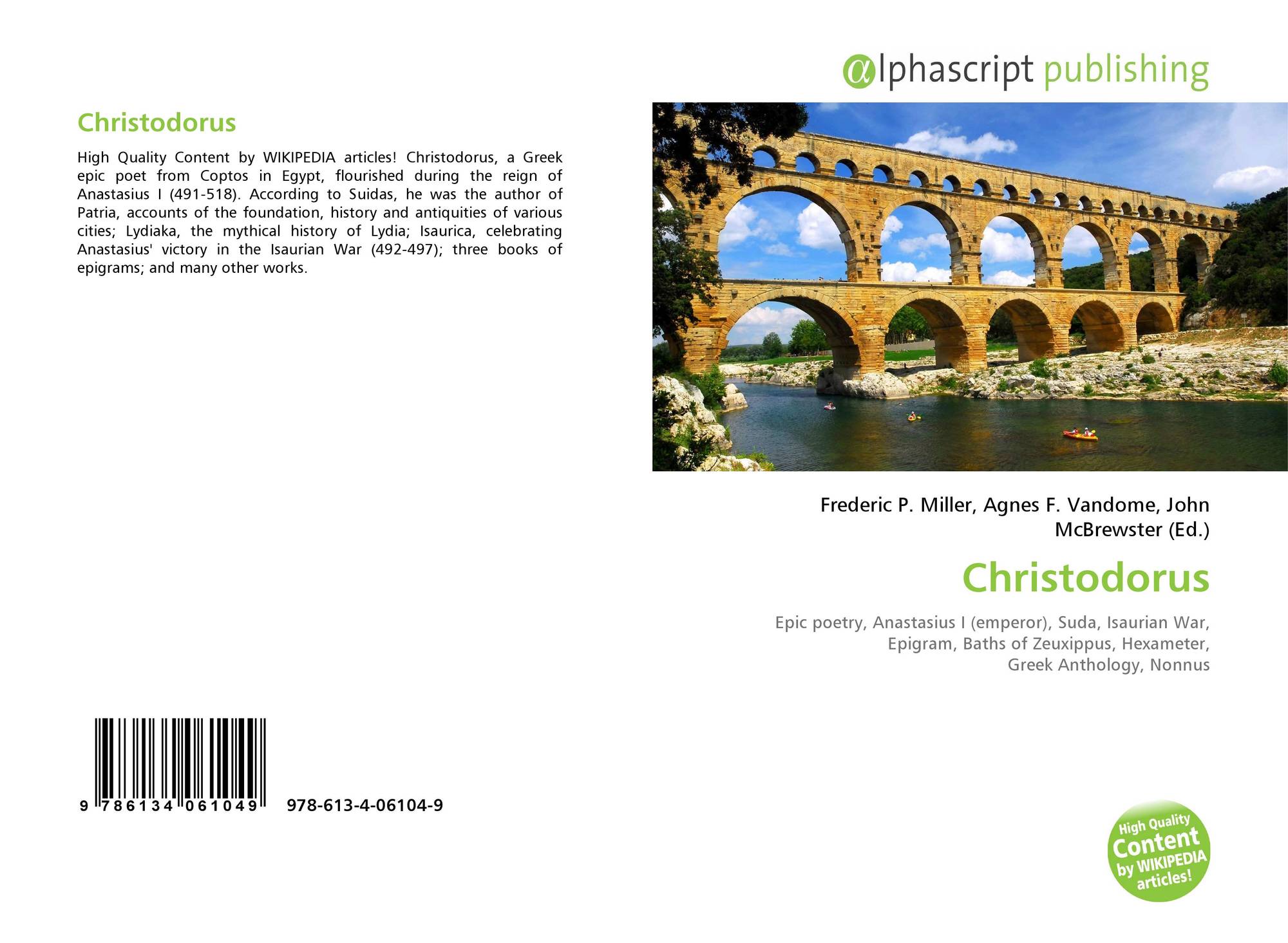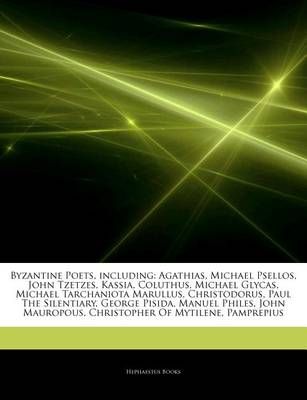Christodorus
Christodoros (Greek Χριστόδωρος ) from Koptos at Thebes was a Greek late antique poet who lived under the Byzantine Emperor Anastasius I (reigned 491-518 ).
Life and work
Christodoros, the son of a certain Paniskos, came from the Egyptian Koptos. He grew up with considerable education and acquired primarily exhaustive knowledge of epic poetry and mythology to. Its quite voluminous writings, however, are largely lost.
He has authored numerous epic poems in which he treated the founding history of various cities and landscapes ( about Konstantin Opel a treatise in 12 books, over Thessaloniki in 25 books, plus histories of Nakle, Miletus, Lydia, Tralles and Aphrodisias ) or contemporary events. His Isauriká ( Ἰσαυρικά ) signposted in six books, the conquest Isauriens by Emperor Anastasius. Also over the pupil of the Neoplatonist philosopher Proclus, he wrote a work. In his epigrams ( three books) and epistles ( four books), he negotiated most likely contemporary people and events. In the Anthologia Palatina two of his epigrams are preserved ( Anthologia Palatina VII 697 698 ).
He should not be confused with the poet Christódoros Thebaîos Illústrios ( Χριοτόδωρος Θηβαῖος Ἰλλούστριος ), which according to the Suda, a didactic poem Ixeutiká catch ( Ἰξευτικά ) about art, birds with limed twigs, as well as a treatise on the wonders of the Holy Cosmas and Damian, and " wrote many other works " ( ἄλλα πολλά ).
The most complete surviving work of Christodoros is the ekphrasis ( ἔκφρασις τῶν ἀγαλμάτων τῶν εἰς τὸ δημόσιον γυμνάσιον τὸ ἐπικαλουμένον τοῦ Ζευξίππου ), in which he in verse 80 statues in the 532 destroyed Zeuxippos Baths of Constantine to Opel describes. From the work of 416 verses in the second book of the Palatine Anthologia have survived. According to the research, these descriptions for the art history of the ancient world are not relevant because they aim rather rhetorical elegance and erudition mythographic as to the exact description of places or works of art. In versification is Christodoros closes completely to his predecessor Nonnus of Panopolis: On turning points is found for example in each verse the Penthemimeres; spondeische metrical feet he avoids. In the legends versions he proves great knowledge of the Homeric, but also the Alexandrian mythology. In his model Homer refers Christodoros also by the choice of words ( with a preference for rare expressions, hapax legomena ).
The few historical source testimonies are collected in The fragments of Greek historians (No. 283 ) or in Brill 's New Jacoby ( there with English translation and commentary by Anthony Kaldellis ).









